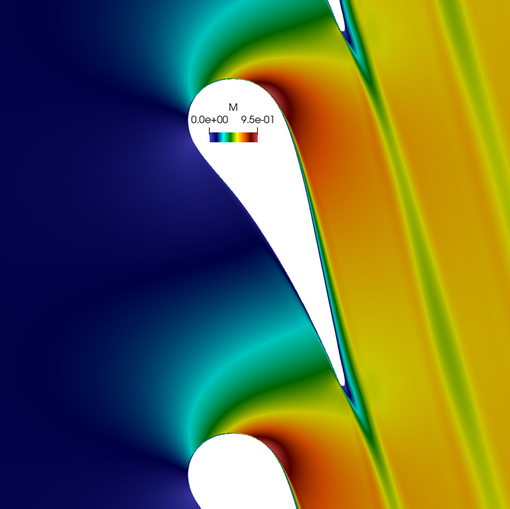Published online by Cambridge University Press: 03 September 2020

This study presents a dual Eulerian–Lagrangian particle approach for time-accurate computational fluid dynamics (CFD) modeling of volcanic ash in gas turbine engines and initial results. The objective is to enable high-fidelity simulations of calcia–magnesia–alumina-silica (CMAS) particles in gas turbine engines to better predict deposition and particle paths to rapidly test mitigation solutions. The approach uses a primarily first principles framework to account for the various physical phenomena in the system. Particles are modeled using Lagrangian methods which track individual particles and Equilibrium Eulerian methods which track particles in terms of concentration densities. Lagrangian methods become prohibitively expensive for fine particles. Eulerian methods are physically appropriate for fine particles but become inaccurate for large particle sizes. A dual approach using both Eulerian and Lagrangian methods allows for optimal computational cost with maximum accuracy. Simulation results using the proposed approach are compared against experimental data for a representative gas turbine engine blade.